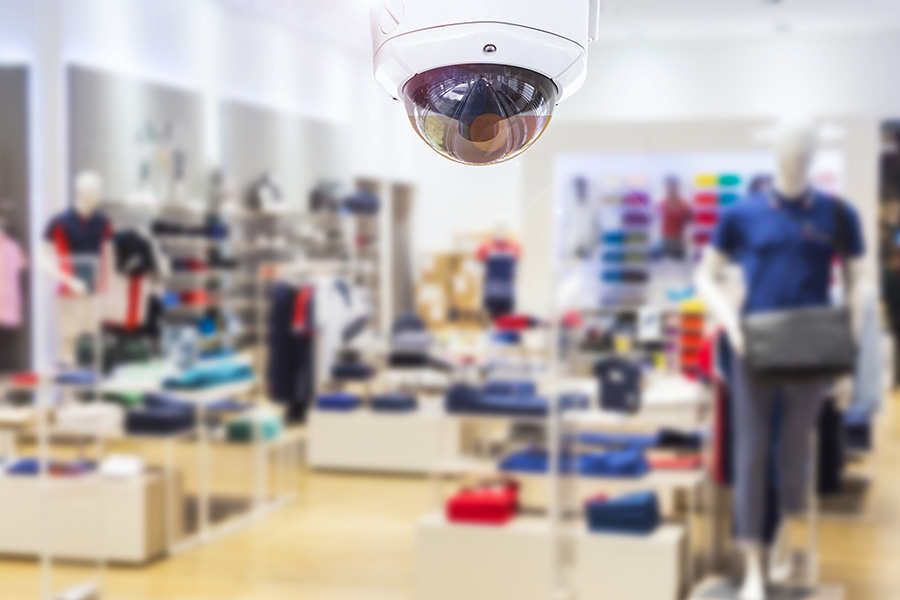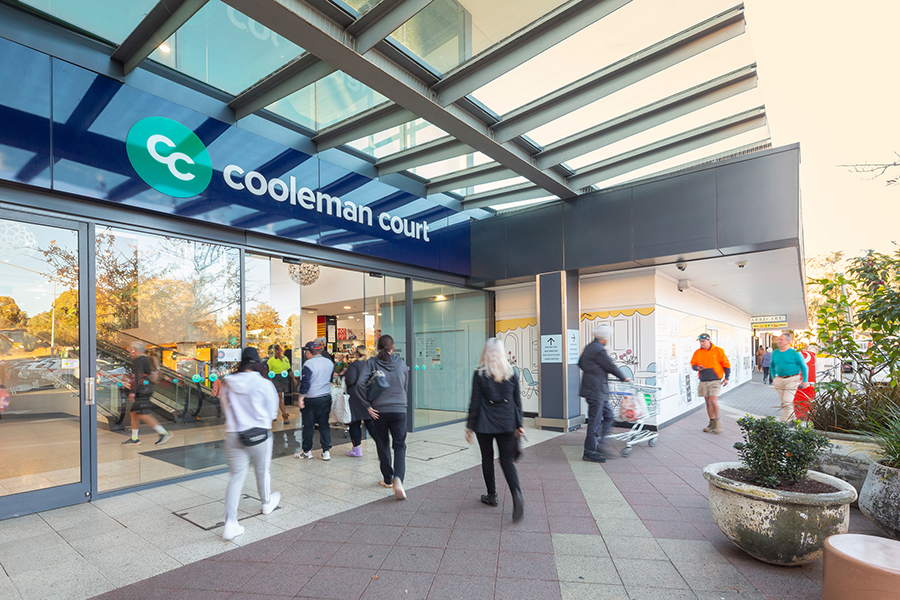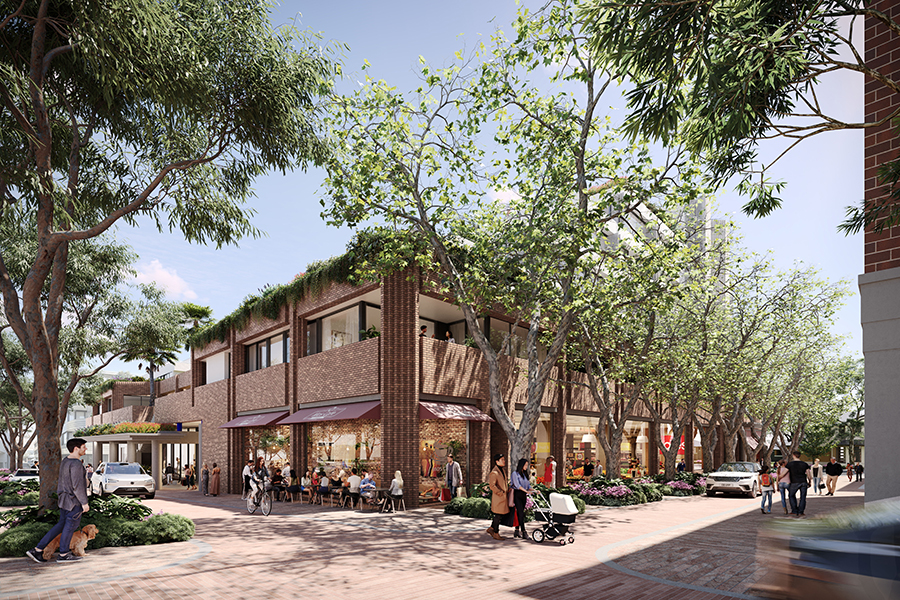Violence and crime in our centres is not something we used to worry about; if it ever occurred, it was the exception. The situation has changed. In Melbourne, crime, often accompanied by violence, is now a serious issue and it’s on the increase.
Melbourne has been experiencing a serious wave of crime, and has become something of a national hotspot.
While this is both a societal and a complex issue, and certainly more than just a policing issue, shopping centres and their retailers certainly aren’t being spared.
Doors are being rammed by vehicles. Windows are being smashed. Weapons are drawn. Goods are being stolen.
If you own and manage a shopping centre in Melbourne, there’s a strong chance you and your retailers have been targeted and affected in the past year or two.
It’s in circumstances like these that you realise shopping centres are literally part of the community fabric – they are at the forefront of the good and the bad.
Depending on whether the crime was committed outside or during trading hours, there’s a chance that centre management staff, security staff, retail staff or customers have been confronted with a bunch of thugs armed with weapons trying to break and enter, or commit a robbery.
In reports in May this year about a daytime robbery at a jewellery store in a shopping centre which described video footage captured by someone in a nearby store, it was noted that “this is the terrifying moment a gang of four men smashed through the window of a jewellery store at a Melbourne shopping mall with hammers and an axe.”
This would be a horrifying experience for anyone involved.
No other capital city seems to have this issue, or at least not on the scale that Melbourne has been experiencing.
A key concern, given the duty of care for our staff, customers and visitors, is the aggravated (e.g. when an offender is armed with a weapon) nature of these crimes.
For our members’ shopping centres, the modus operandi seems to involve the use of motor vehicles (often stolen) and weapons (notably sledgehammers, iron bars, bladed weapons such as machetes, and firearms).
At a broad level, the government’s Crime Statistics Agency confirms the problem in its formal and rolling statistics.
For key figures released to the year ending March 2017 – the latest data available – there were 543,391 offences committed across Victoria (up 4% overall).
In terms of specific offences, assault and related offences were up 7.9%, robbery was up 19.6% and dangerous and negligent acts endangering people were up 20.2%. Theft was up 9.3%.
It was reported in the media that the government had noted there was a slight turnaround in the quarter to March, and the Minister for Police, Lisa Neville, has been reported as saying a “six-year trend of rising crime looked to be nearing an end.”
This may be the case, but it is, of course, cold comfort for a victim, or anyone affected by a crime.
As a worrying trend, Commissioner for Police, Graham Ashton AM APM, in discussing particular issues with youth crime, noted that the types of first offences are now serious, and violent.
In January this year, Commissioner Ashton was reported as saying: “we’re now dealing with youth offenders whose first offence is a very, very serious crime. Robbery on a jewellery store, armed robbery. Show me a time in the past where our youth have been committing those sorts of offences as a first time.”
There’s a similarly worrying issue with re-offending.
As was noted in a Sentencing Advisory Council report, Reoffending by Children and Young People in Victoria, released late last year, once children are in the youth justice system, “their reoffending rates are high”, noting that 40% of children reoffended within two years.
In an incredibly alarming statistic, the report also noted that “the earlier children start offending, the more likely they are to reoffend.” The reoffending rate for 10-13 year olds is over 80%.
This all seems to be translating into an unfortunate reality that our sector has become familiar with.
As part of our own engagement with the government and Victoria Police on this issue, with our members, we have been tracking shopping centre break and enters and robbery incidents.
As an alarming statistic of our own, for a sample of our members’ shopping centres across Melbourne, across the period from January 2015 to January 2017, there’s been an average of one break and enter, or robbery, incident every three days.
One of our members’ centres has been hit more than 15 times across that period.
A typical incident, as we’ve assessed it, occurs from around 12am to 4am for break and enter, and from 2pm to 6pm for robbery and assault incidents.
In terms of a typical break and enter incident, the execution time is about four minutes, so the offenders (or reoffenders) are literally in and out in about the time of a television ad break.
In our latest analysis, we also estimate that an average incident involves around $95,000 of stolen retail goods (up from $85,000 in a previous period), $63,000 in property damage (up from $55,000 in a previous period) and $35,000 in subsequent target hardening. If you multiply this out, you get an alarming set of numbers.
As a basic metric, for every $1 of retail goods stolen, there’s 66 cents of damage done to the centre.
And while jewellery stores seemed to have grabbed much of the media attention – particularly in relation to some extremely brazen daytime robberies that also happen to be captured on either CCTV or amateur footage – they’re not the most prevalent retailer being hit in our sample.
Food catering, apparel and general retail are the most prevalent categories that have been affected in our members’ centres, followed then by jewellery, mobile phones and leisure. When we’ve analysed the value of goods stolen, it’s an even split between categories.
About a third of retail goods stolen are what we’ve deemed to be high value, such as jewellery, luxury goods and phones and computer devices.
Another third is medium-value goods, such as branded clothing and footwear, and the final third is low-value goods such as tobacco and fast food.
As one learned person said to me, as the cost of tobacco has increased, including through the increase of the Federal Government’s tobacco excise, so too does tobacco become an increased target of crime and theft.
Whether it’s a matter of changing crime statistics, increased media coverage or general community concern, crime and law and order issues have now become defining issues in Victorian state politics.
In the lead-up to the next state election, to be held on 24 November 2018, a key consideration for voters looks set to be who they think can best deal with this issue moving forward.
In December 2016 the government released a Community Safety Statement 2017, outlining, in the government’s words, “a clear law and order plan for our state… and for the first time ever, it’s been developed with Victoria Police.”
Also noted is that the government will “deliver new police, new laws and a tough new approach.”
The Statement covered initiatives already progressed – such as ‘car-jacking’ legislation – along with proposals to give additional powers to police and the justice system to address recidivism.
The Opposition Leader, Matthew Guy has, however, since announced a range of measures he’ll implement if elected at the next election.
This includes mandatory sentencing for violent reoffending for specified crimes.
This includes a 10-year mandatory jail term for aggravated home invasion, aggravated car-jacking, and armed and aggravated robbery.
In the Opposition’s words, these statutory minimum jail terms are proposed to “be hefty and send a very loud message that we will come down heavily on those who think they can continue to defy the law and subject their fellow citizens to the indignity of violence, fear and intimidation.”
From our perspective, on behalf of our staff, retailers and customers, shopping centre safety and security is paramount.
We don’t want to get caught up in the politics of the issue, but we have a clear interest in influencing the development of a more effective policy and regulatory framework, and a better overall outcome, given the state of affairs.
We are also well aware that this is beyond a policing issue, and that it stems into issues relating to the justice system, and broader societal issues about community engagement and employment.
Given, however, the rates of reoffending, and given centres are being hit again and again despite increased target hardening and security, it’s hard not to feel frustrated.
It’s worth noting that Victoria Police do a great job. We have had positive ongoing engagement with them, including engagement with the Commissioner. We have had a continued engagement with the government also, particularly to ensure they’re briefed on our concerns. A central issue here is that target hardening, and increased security, can only do so much.
There’s also been some positive discussions with retailer groups in a collective effort to try and better understand the issue and potential solutions. I know from discussions with people in the jewellery industry, and from reading about their plight in the media, some of them seem to be at their wit’s end.
One thing that is clear is that at this stage, for our members’ centres, the rate of criminal incidents – be they break and enters or robberies – seems to be continuing. The daytime jewellery store incident noted above is an example of this. While it’s become somewhat symbolic of the challenge being faced in Melbourne, it also highlights the need for drastic change.




















